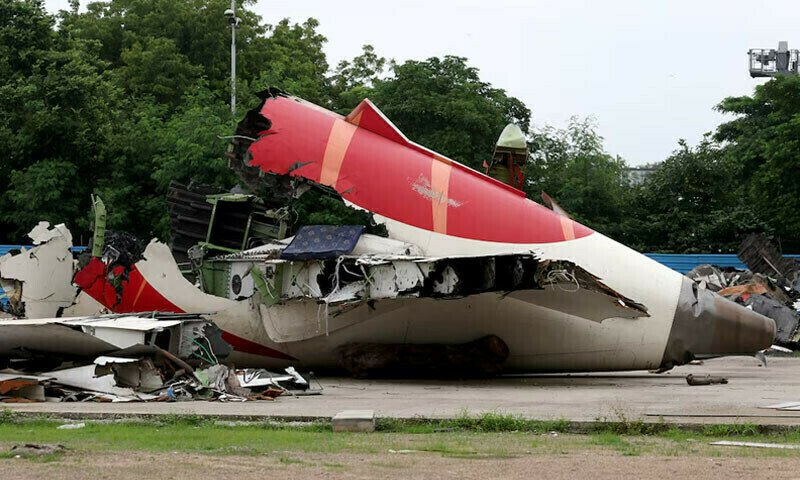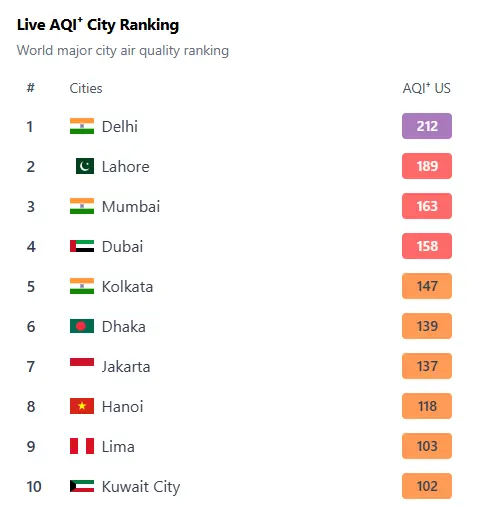A recording of the dialogue cabin between the two pilots of the Air India flight that crashed last month supports the opinion that the captain cut the fuel flow to the plane’s engines, said an informed source about the early evaluation of the evidence of US officials.
The first officer was in the Boeing 787 controls and asked the captain why he moved the fuel switches to a position that hunger hunger fuel engines and asked him to restore the fuel flow, the source said. Reuters under condition of anonymity because the matter remains under investigation.
The evaluation of the United States is not contained in a formal document, said the source, which emphasized the cause of the June 12 accident in Ahmedabad, India, who killed 260 people remain under investigation.
There was no cabin video recording that definitely showed which pilot overturned the switches, but the weight of the evidence of the conversation points to the captain, according to the early evaluation.
The Indian Aircraft Accident Research Office (AAIB), which leads research on the accident, said in a statement on Thursday that “certain sections of international media repeatedly try to draw conclusions through selective and not verified reports.”
He added that the investigation was ongoing and it was too early to draw definitive conclusions.
The Wall Street Journal (WSJ) First he informed similar information on Wednesday about the world’s most fatal aviation accident in a decade.
The Federation of Indian pilots, through its APJ-SLG Law offices of APJ-SLG, sent a legal notice to Reuters About a history of July 17 published by the news agency, which referred to the WSJ article.
The notice asked Reuters Desist from the publication of any content “to speculate on the cause of the accident or the failure of attributes to any individual, especially deceased pilots, in the absence of official confirmation and final report.”
Most air accidents are caused by multiple factors, and under international rules, a final report is expected within a year of an accident.
A preliminary report published by the AAIB on Saturday said that a pilot was heard in the cabin’s voice recorder asking the other why he cut the fuel and “the other pilot replied that he did not.”
The researchers did not identify what comments were made by Captain Sumeet Sabharwal and which by the first officer Clive Kunder, who had a total flight experience of 15,638 hours and 3,403 hours, respectively.
The preliminary AAIB report said the fuel switches had changed “run” to “cut” a second apart just after takeoff, but did not say how they moved.
Almost immediately after the plane took off from the ground, the closed circuit TV images showed a backup energy source called RAM Turbine had been deployed, indicating a loss of energy from the engines.
The plane to London began to lose thrust, and after reaching a height of 650 feet, the plane began to sink.
The fuel switches for both engines turned back to “run”, and the plane tried to automatically restart engines, according to the report.
But the plane was too low and too slow to recover, said the aviation security expert John Nance Reuters.
The plane cut some trees and a fireplace before crashing in a fireball to a building on a campus of the Faculty of Middle Medicine, according to the report, killing 19 people on the ground and 241 of the 242 aboard from 787.
No security recommendations
In an internal memorandum on Monday, the Air India CEO, Campbell Wilson, said that the preliminary report did not find mechanical or maintenance failures and that all the required maintenance had been carried out.
The AAIB preliminary report had no safety recommendations for Boeing or the GE motors manufacturer.
After the report was published, the Federal Aviation Administration of the United States and Boeing issued private notifications that the fuel switch blocks in the Boeing aircraft are safe, a document seen by Reuters Show and four sources with knowledge of the matter said.
The US National Board of Transportation Security. UU.
That includes the voice recording of the cabin and the details of the flight data recorder that the NTSB team helped the AAIB read, the spokesman added.
“The safety of international air trips depends on learning as much as we can of these rare events so that industry and regulators can improve aviation safety,” said Homandy in a statement. “And if immediate security problems are not discovered, we need to know too.”
The circumstantial evidence indicates more and more than a crew member turned the engine fuel switches, Nance said, since there was no “other rational explanation” that was consistent with the information published to date.
However, researchers “still have to deepen all factors” and rule out other possible contributing factors, which would take time, he said.
Air India accident has revived the debate about adding flight cover cameras, known as cabin image recorders, in airplanes.
Nance said researchers would probably have greatly benefited from having video of the cabin during the Air India flight.








